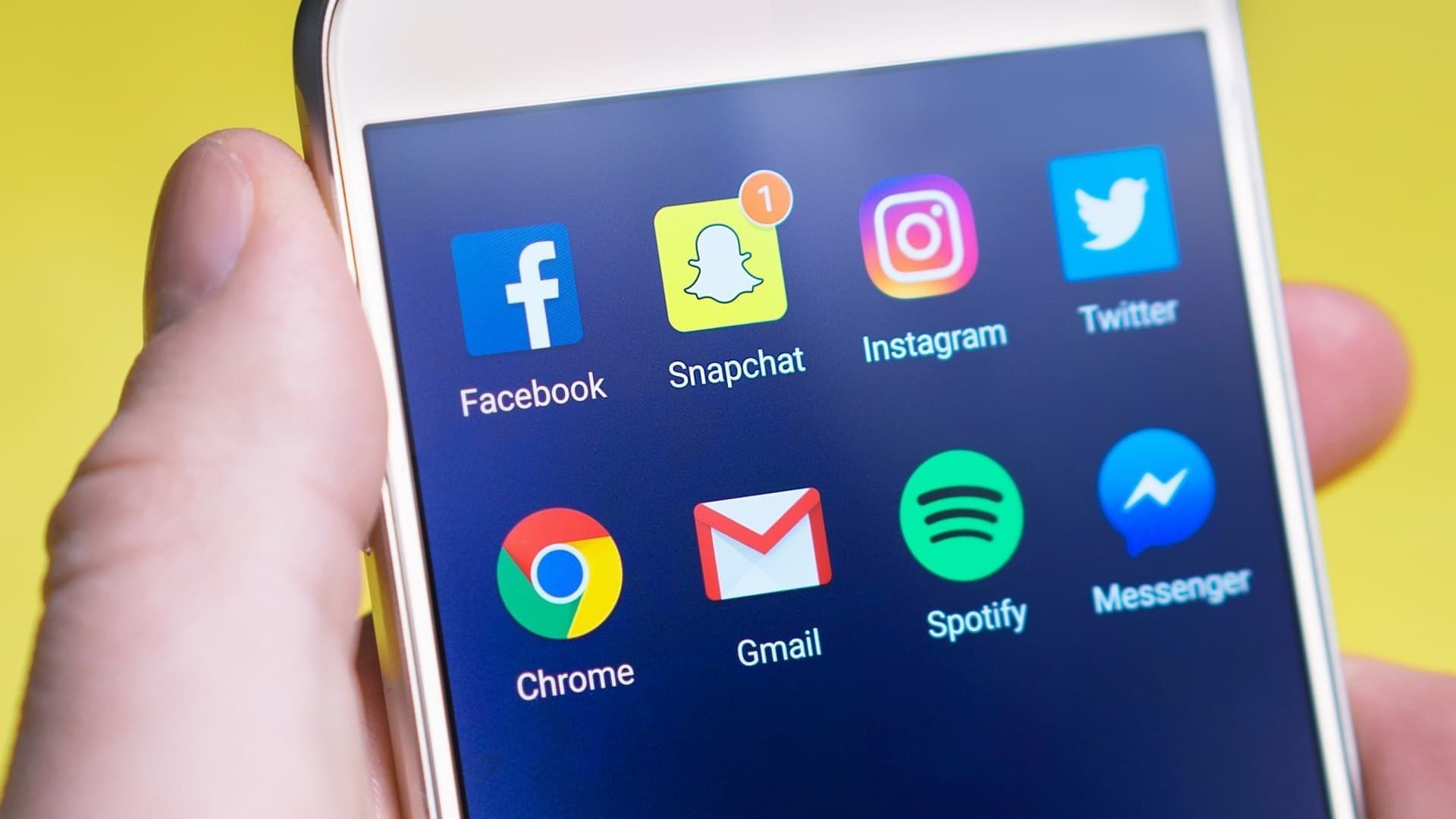Now that you know your story, and how to tell it with the different content types (such as article, video, infographic, blog) - the question is, where should you share it?
In our digitally-driven world, the amount of online channels available seems infinite. Online channels can include social media platforms such as Facebook, Instagram, TikTok, YouTube, LinkedIn, Pinterest, Twitter and even Google+ But they can also include other digital channels such as email marketing, Search Engine Optimisation and Pay Per Click.
Much like defining your target market, it can be tempting to try and do it all by using every online platform available. But also like your target market, this is a bit of a trap. The most effective way to utilise these channels is to only utilise the ones that will bring your business the best results. In other words, you’ve got to be strategic - and discerning.
Deciding which channel is best for you will depend on steps 1-4. You should ask questions like - which online platform does my target audience use most? Which channel is best for sharing the content types I have chosen to tell my story? For example - you wouldn’t share a longform article on Instagram, but an infographic or something visual would be a great way to go. If you get stuck, try working with a mentor.
In the fields below, start by choosing three online channels that are the most suitable for your business and explain how the business would deliver value to customers. What is the intention of each online channel? Is it to engage customers? Is it to drive customer loyalty? It is to position your business as an expert within the industry?
In our digitally-driven world, the amount of online channels available seems infinite. Online channels can include social media platforms such as Facebook, Instagram, TikTok, YouTube, LinkedIn, Pinterest, Twitter and even Google+ But they can also include other digital channels such as email marketing, Search Engine Optimisation and Pay Per Click.
Much like defining your target market, it can be tempting to try and do it all by using every online platform available. But also like your target market, this is a bit of a trap. The most effective way to utilise these channels is to only utilise the ones that will bring your business the best results. In other words, you’ve got to be strategic - and discerning.
Deciding which channel is best for you will depend on steps 1-4. You should ask questions like - which online platform does my target audience use most? Which channel is best for sharing the content types I have chosen to tell my story? For example - you wouldn’t share a longform article on Instagram, but an infographic or something visual would be a great way to go. If you get stuck, try working with a mentor.
In the fields below, start by choosing three online channels that are the most suitable for your business and explain how the business would deliver value to customers. What is the intention of each online channel? Is it to engage customers? Is it to drive customer loyalty? It is to position your business as an expert within the industry?
Online Channel #1

Online Channel #2

Online Channel #3


